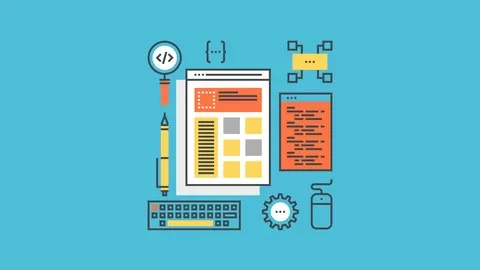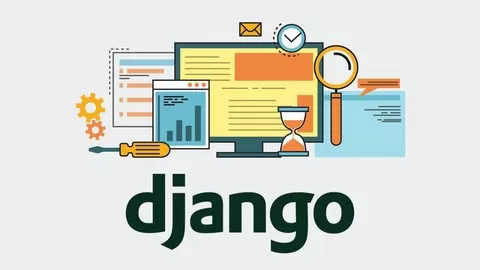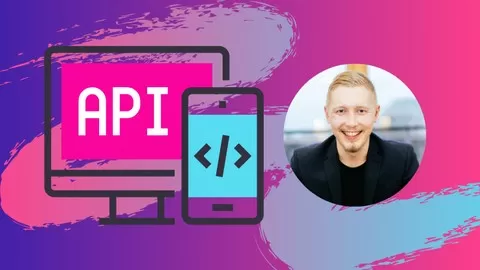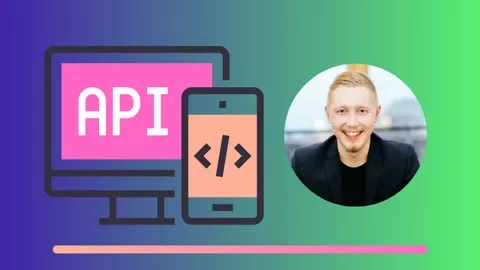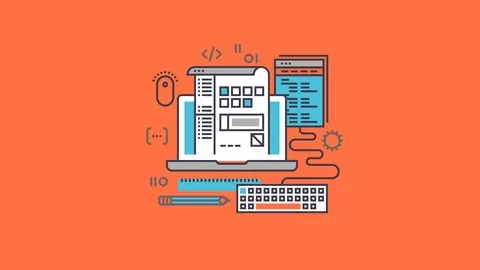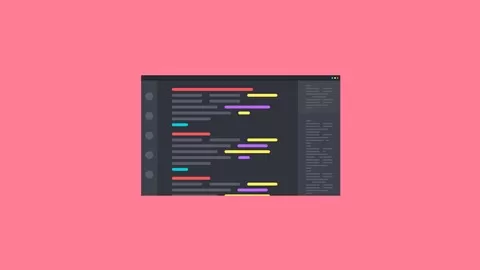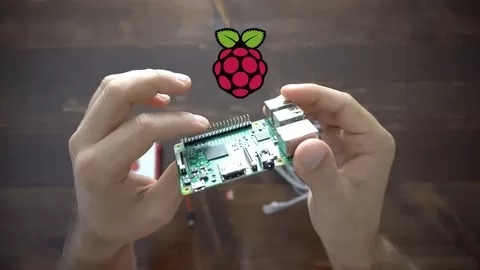✓ Django Models
✓ Model Instance Methods & Properties
✓ Model-level field validation
✓ Django Forms and Formsets
✓ Form validation
✓ Model Form
✓ Function Based Views (FBVs)
✓ Class Based Views (CBVs)
✓ CRUD in Django Views (Create Retrieve Update Delete List)
✓ Django Templates
✓ Django translation
✓ Deploying Django on a Live Server| Heroku, Webfaction, Linode, Digital Ocean
✓ Celery + Redis for asynchronous tasks and scheduled tasks
✓ and much more!
✓ Requirements are Python 2.7 or 3.3 and Django 1.8 & up
✓ We use Python 3 and Django 1.10 in this one
• Requirements are Python 2.7 or 3.3 and Django 1.8 & up
• We use Python 3 and Django 1.10 in this one
• Anyone looking to learn more about Django
• Any student looking to build robust cutting edge web applications
• Python Users
• Django beginners with some experience, like doing our Try Django (1.8 & up Series)
Justin Mitchel has created 32 courses that got 28,135 reviews which are generally positive. Justin Mitchel has taught 776,100 students and received a 4.3 average review out of 28,135 reviews. Depending on the information available, we think that Justin Mitchel is an instructor that you can trust.
It all started with an idea. I wanted freedom… badly. Freedom from work, freedom from boredom, and, most of all, the freedom to choose. This simple idea grew to define me; it made me become an entrepreneur.
As I strived to gain freedom, overtime I realized that with everything that you do you can either (1) convince someone, somehow, to do it with you or (2) figure out how to do it yourself.
Due to a lack of financial resources (and probably the ability to convince people to do high quality work for free), I decided to learn. Then learn some more. Then some more. My path of learning website design started a long time ago. And yes, it was out of need not desire. I believed I needed a website for a company that I started. So I learned how to do it. The company died, my skills lived on… and got better and better.
It took me a while after learning web design (html/css) to actually start learning programming (web application, storing “data”, user logins, etc). I tinkered with Wordpress, believing it could be a “user” site, but I was mistaken. Sure there are/were hacks for that, but they were hacks/work-arounds and simply not-what-wordpress-was-indended-to-be. Wordpress is for blogs/content. Plain and simple.
I wanted more. I had a web application idea that I thought would change the way restaurants hire their service staff. I tested it with my basic html/css skills, had great initial results, and found a technical (programmer) cofounder as a result. He was awesome. We were featured on CNN. Things looked great.
Until… cash-flow was a no-flow. Business? I think not. More like an avid hobby. We had the idea for a business just no business. Naturally, my partner had to find a means of income so I was left with the idea on its own.
Remember how I said everything we do has 2 choices. Well I tried the convincing. Now it was time to try the learning. I opted to learn and haven’t looked back since. I tried almost every language out there: PHP, Ruby on Rails, SQL, Objective C, C++, Java, Javascript. I was lost.
Then, I tried Python. I was hooked. It was so easy. So simple. So elegant.
Then, I tried Django. Even more hooked. Made from python & made for web applications. It powers Instagram & Pinterest (two of the hottest web apps right now?).
Then, I tried Bootstrap. Simple and easy front-end design (html & css) that is super easy to use, mobile-ready, and overall… incredible.
Python, Django, and Bootstrap are truly changing the way the world builds web applications. I believe it’s because of the simplicity to learn, the sheer power behind them, and, most of all, the plethora of resources to aid anyone in building their web projects (from packages to tutorials to q&a sites).
I relaunched my original venture with my new found skills. That wasn’t enough. It didn’t compel me as it once had. I started imagining all the possibilities of all the ideas I’ve always wanted to implement. Now I could. Which one to start with? There were so many good ideas…
Then another idea, a new & fresh idea, started brewing. I started to believe in the power of learning these skills. What would it mean if other non-technical entrepreneurs could learn? What would it mean if ideas were executed quickly, revenue models proven, all prior to approaching the highly sought-after programmers? What would it mean if entrepreneurs became coders?
And so. Coding for Entrepreneurs was born.
Here are some bio highlights:
Adjunct Professor of Entrepreneurship at the Lloyd Greif Center for Entrepreneurial Studies in the Marshall School of Business at the University of Southern California
Bestselling instructor on Udemy
Funded creator on Kickstarter
Founder of Coding For Entrepreneurs
Cohost of Backer Radio
